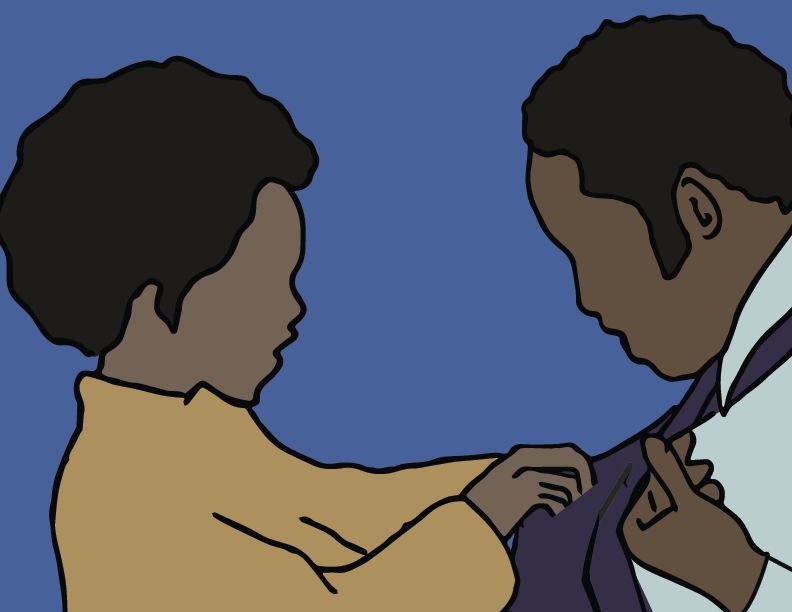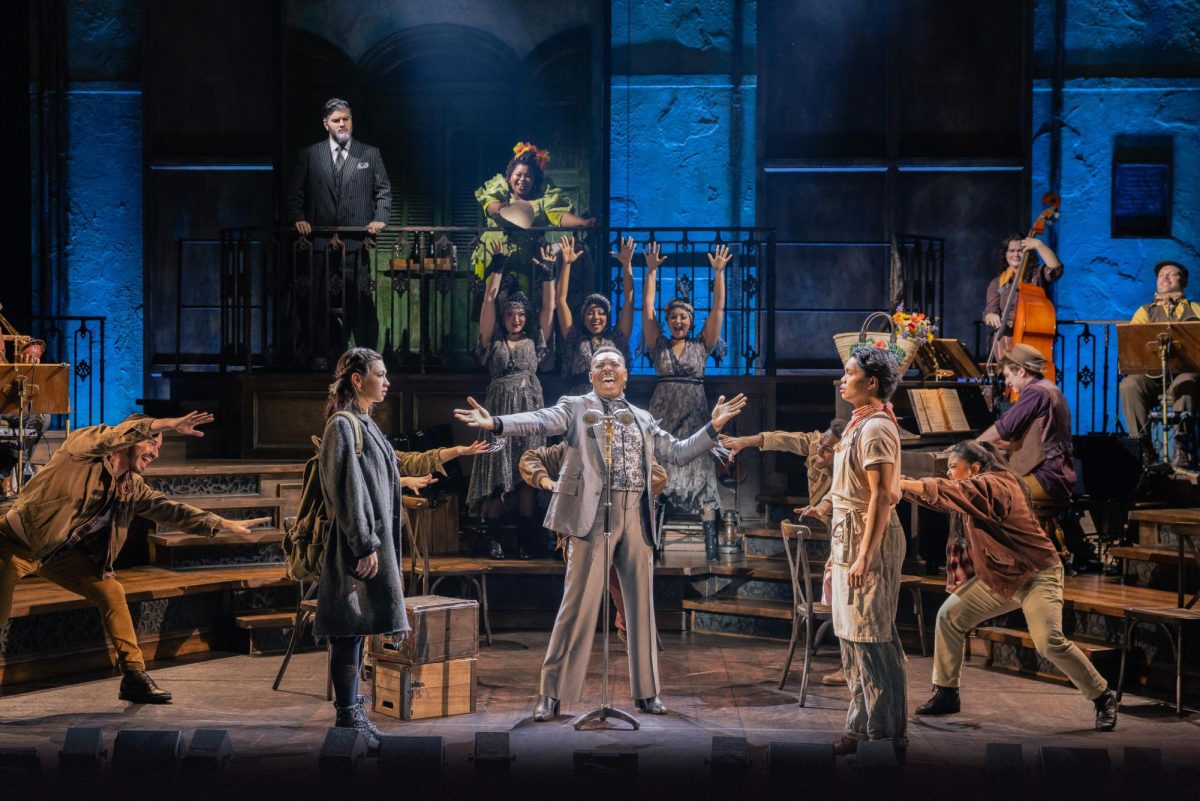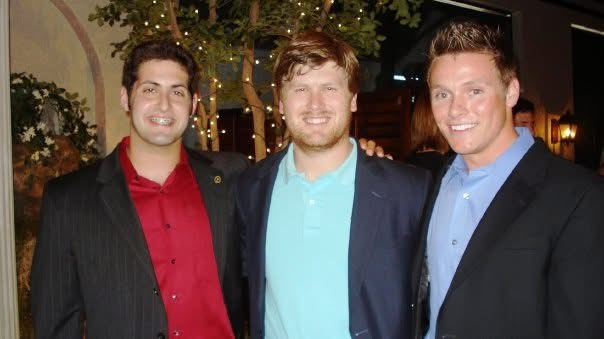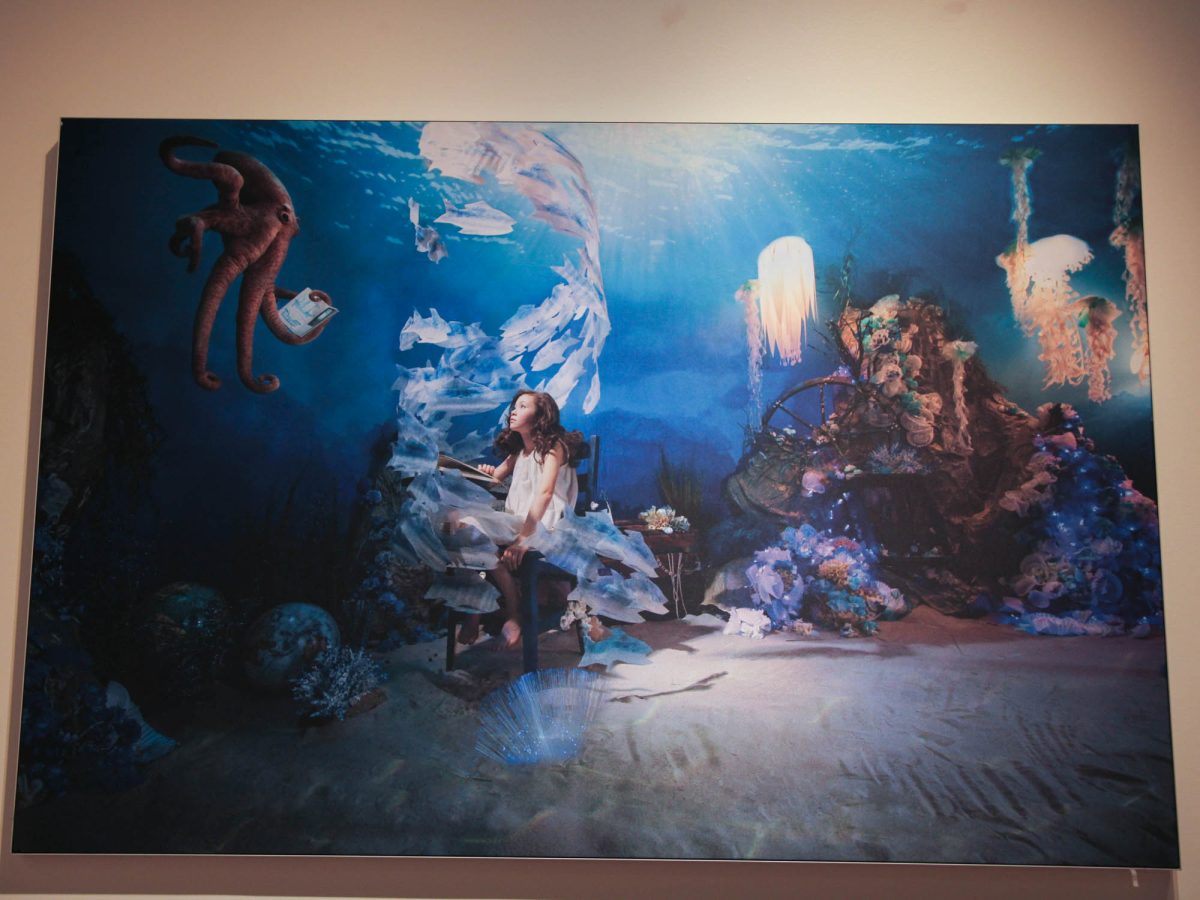“The Pursuit of Happyness” is an emotional tale of fatherhood, poverty and the preservation of innocence. The film is moving, to say the least, and is executed in a way that inspires true emotion in its viewers throughout its almost two-hour runtime. The movie is a quality drama film with a strong message about society and the American Dream.
The film’s strength comes from its expert portrayal of a man who manages to find hope at rock bottom, and keep his son safe even when they had to live on the streets. In the most powerful scene of the movie, Chris Gardener, played by Will Smith, barricades himself and his son Christopher inside a subway station bathroom so that his son could sleep through the night with some sense of security and safety. The genius of the scene and the film as a whole, is that Chris manages to preserve his son’s innocence by telling him that they went back in time, that the subway bathroom is a cave, and that they’re hiding there from imaginary dinosaurs, all while concealing his own tears.
In addition to the film’s focus on childhood, Happyness’ portrayal of poverty and homelessness were truly gut-wrenching. Intermittent scenes of confrontation with police, thieves, and other homeless people succeeded in making me feel genuinely uneasy throughout the characters’ stay on the streets.
Another strong point, the film’s message is revealed through a touching monologue on a rooftop basketball court. “Don’t ever let somebody tell you you can’t do something,” Chris tells his son, and by proxy, the audience. “You got a dream, you gotta protect it,” he says after mistakenly trying to dampen Christopher’s hopes of becoming a pro basketball player. “You want something, go and get it.” It may be a message we’ve all heard time and time again, but the conviction with which Smith delivers those lines, and the story, based on actual events, that illustrates the point so well somehow gives the seemingly generic ‘follow your dreams’ speech new life.
My only criticisms of Happyness are that it’s a fairly predictable story, and it contains a lack of subtle symbols. Over-reliance on a Rubik’s Cube to symbolize intelligence, cars to symbolize power and control, and bright light to represent hope don’t help the film in the way that director Gabriele Muccino likely intended. Furthermore, although the characters in Happyness exist at rock bottom for a time, the structure of the film makes it clear that their problems will resolve by the end of the movie. There is no real suspense in the film, and it is taken almost for granted throughout that Chris will rise above the obstacles that lie before him eventually.
However, in the face of such excellent acting and beautifully emotional events, these criticisms are minor. “The Pursuit of Happyness” continues to be an excellent film that uses emotion and childhood innocence to challenge viewers not only to appreciate what they have, but to strive to achieve dreams of their own.
Throwback Tuesday: The Pursuit of Happyness movie review
November 21, 2017
Photo by By Mariah Colón
Movie review: Pursuit of Happyness
0
Donate to The Battalion
$1815
$5000
Contributed
Our Goal
Your donation will support the student journalists of Texas A&M University - College Station. Your contribution will allow us to purchase equipment and cover our annual website hosting costs, in addition to paying freelance staffers for their work, travel costs for coverage and more!
More to Discover










